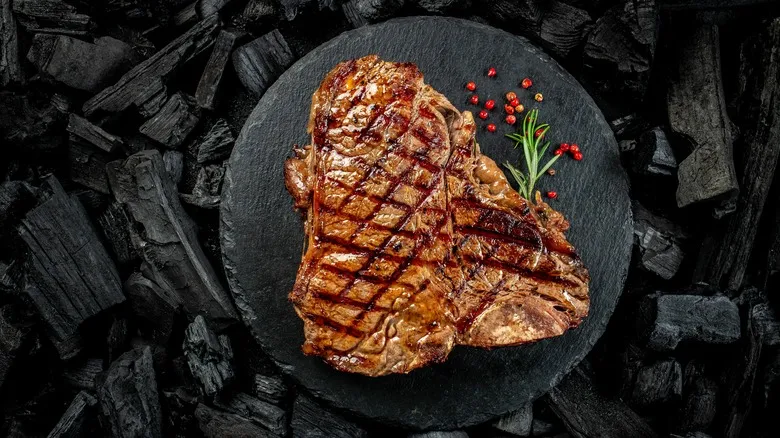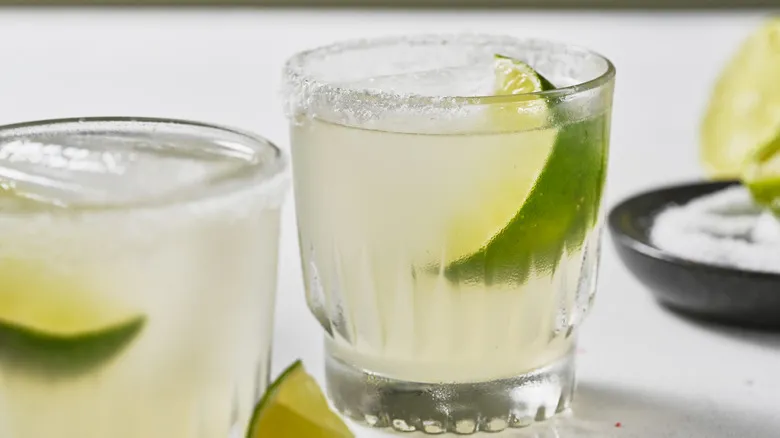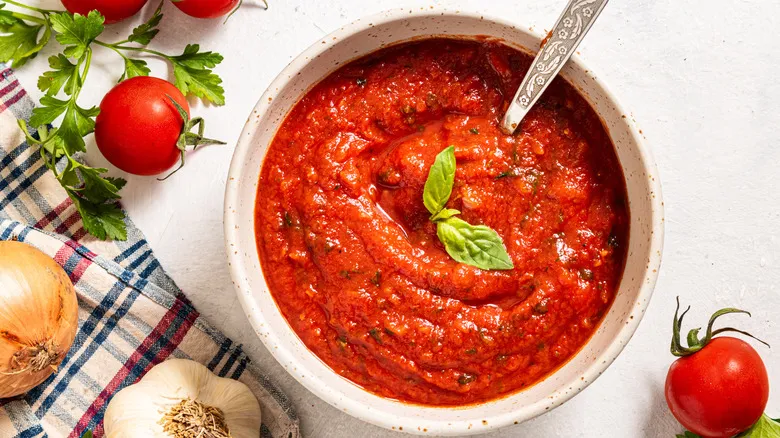Why T-bones are so difficult to pan-sear
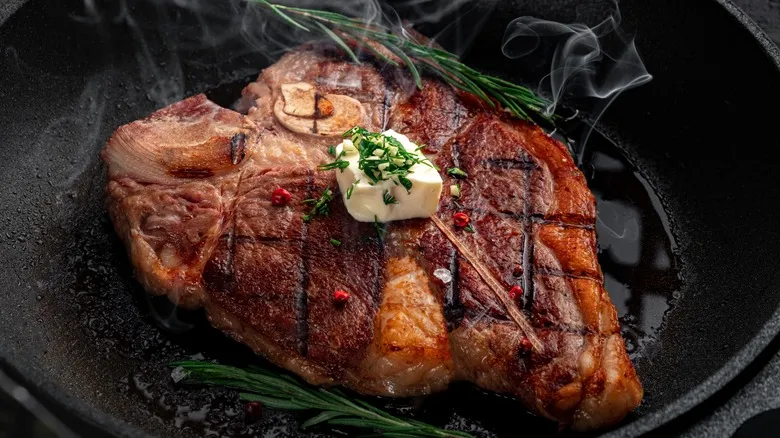
The fundamental principle of pan-searing is to maximize the meat's direct contact with the hot pan to achieve a uniform sear across its entire surface. This is straightforward with cuts like flank steak, but it can be problematic with a T-bone. The reason? The T-shaped bone that defines this cut.
As the steak cooks, it tends to shrink slightly, which can lift portions of the meat away from the pan. This leads to an uneven cook, with some areas browning and caramelizing while others remain pale and undercooked.
If your grill is unavailable and you must pan-sear, you can use tongs to press down on the steak near the bone to ensure it makes contact with the pan. Alternatively, you can simply remove the bone. While it gives the steak its characteristic shape, the bone doesn't add much flavor during pan-searing, according to America's Test Kitchen. So, you won't be missing out on much by discarding it.
Grilling is better, but not without its challenges
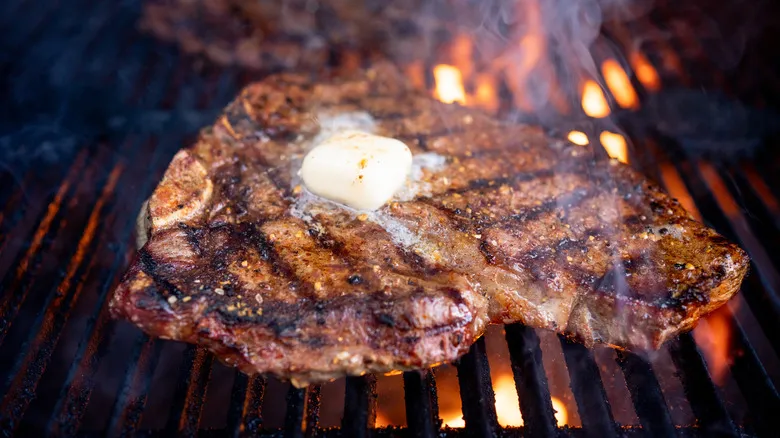
Grilling is a superior method for cooking a T-bone compared to pan-searing, but it does come with its own set of challenges. Since a T-bone consists of both a tenderloin and a strip, it's important to consider how each section will respond to the heat of the grill. The marbled strip, being fattier, generally cooks more slowly than the leaner tenderloin. To achieve the perfect T-bone, it's essential to balance the heat so that both parts cook evenly.
Luckily, with a well-planned grilling setup and strategic placement on the grates, you can achieve a beautifully seared T-bone steak. Begin by establishing two heat zones on your grill: one side should be hot with the burner set to high, while the other side remains cooler with the burner turned off. Position your steak so that the T-shaped bone is centered on the grill, allowing the steak to extend across both heat zones. Place the fatty strip over the hotter side and the lean tenderloin over the cooler side. This arrangement allows the fatty strip to cook thoroughly while the tenderloin can cook more gently at its own pace. In approximately 15 minutes, you'll have a deliciously juicy steak ready to serve!
Recommended
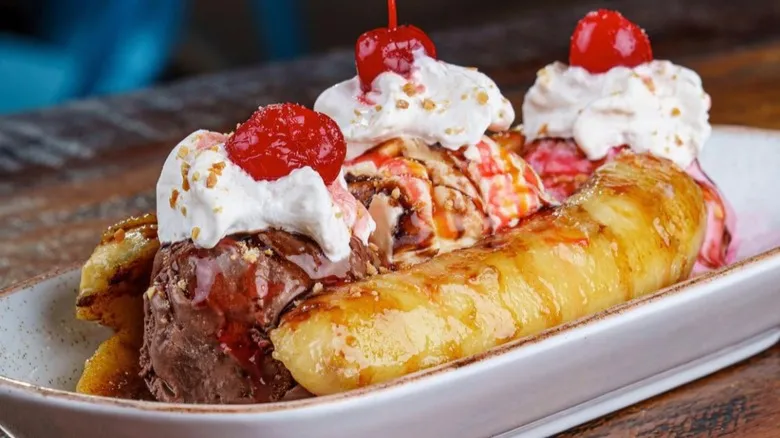
It's Time To Embrace The Grilled Banana Split
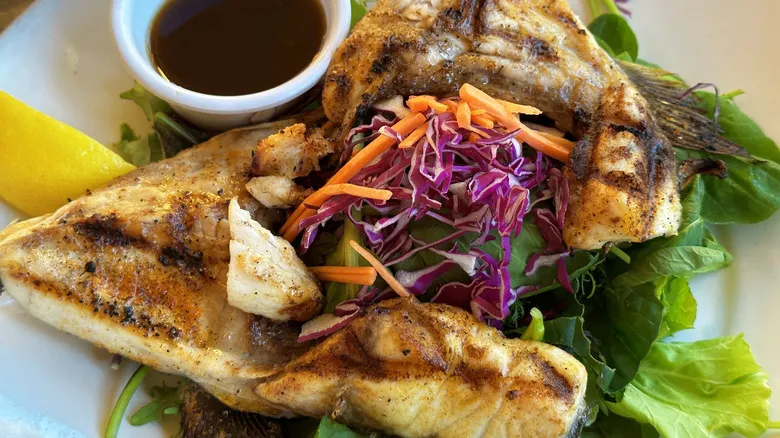
Tuna Collar: The Underrated Cut Of Fish You Need To Grill
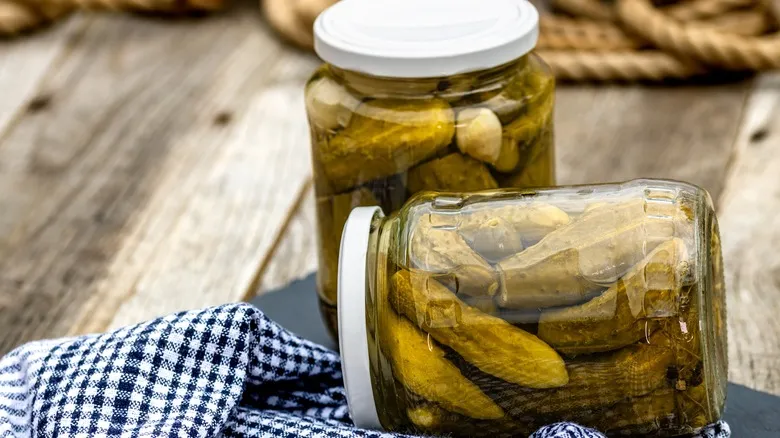
Grilled Pickles Are The Cookout Side You Didn't Know You Were Missing

Upgrade Your Cocktails By Firing Up The Grill
Next up

